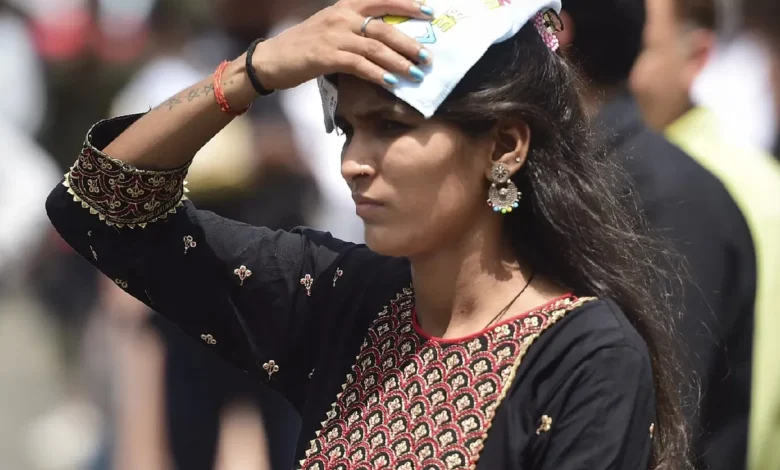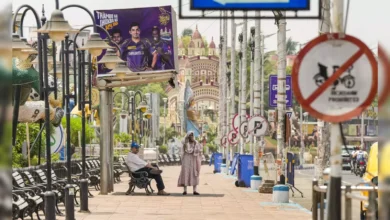IMD reports driest August in 122 years for India
IMD Director General points to the development of El Nino in the equatorial Pacific Ocean as a significant contributor to August's dry spell.

With the driest August since 1901 behind us, India is now looking forward to a wetter September. The India Meteorological Department (IMD) anticipates the Southwest Monsoon to bring showers to the central and southern regions of the country.
In a recent virtual press conference, IMD Director General, Mrutyunjay Mohapatra, predicted a normal rainfall for September, falling between 91-109% of the long period average of 167.9 mm.
But don’t get your umbrellas out just yet. Mohapatra cautioned that even with higher rainfall in September, the overall seasonal rainfall (June-September) is expected to still fall below the norm.
What’s to blame for the less-than-average rainfall? Mohapatra points to the development of El Nino in the equatorial Pacific Ocean as a significant contributor to August’s dry spell.
But there’s a silver lining. He also noted that the Indian Ocean Dipole – the difference in sea surface temperature between the Arabian Sea and the Bay of Bengal – has started to turn positive. This, he suggests, could counter the impact of El Nino.
Mohapatra also highlighted the Madden Julian Oscillation – an eastward moving pulse of cloud and rainfall in the tropics – as a potential game-changer. He believes this could lead to a revival of the Monsoon in India.
Historically, the rainfall in central India for August was around 164.5 mm, compared to the previous lowest rainfall record of 172.8 mm in 1905.
Peninsular India didn’t fare much better, recording 73.5 mm of rain in August as compared to its previous lowest rainfall record of 89.4 mm in 1905.

Not only was August drier than usual, but it was also hotter. The month experienced a 36% rainfall deficiency and saw temperatures rise above the average. The all-India average for maximum temperature clocked in at 32.09 degrees Celsius, a full degree higher than the normal 31.09 degrees Celsius. The all-India average mean temperature was also higher, coming in at 28.40 degrees Celsius compared to the usual 27.55 degrees Celsius.
These figures marked the highest for the month since records began in 1901. So, as we move into September, let’s hope for a cooler, wetter month ahead.
Please, also have a look into : 112 dead, 1.5 lakh evacuated as heavy rains and floods hit Maharashtra; IMD issues red alert for 6 districts



